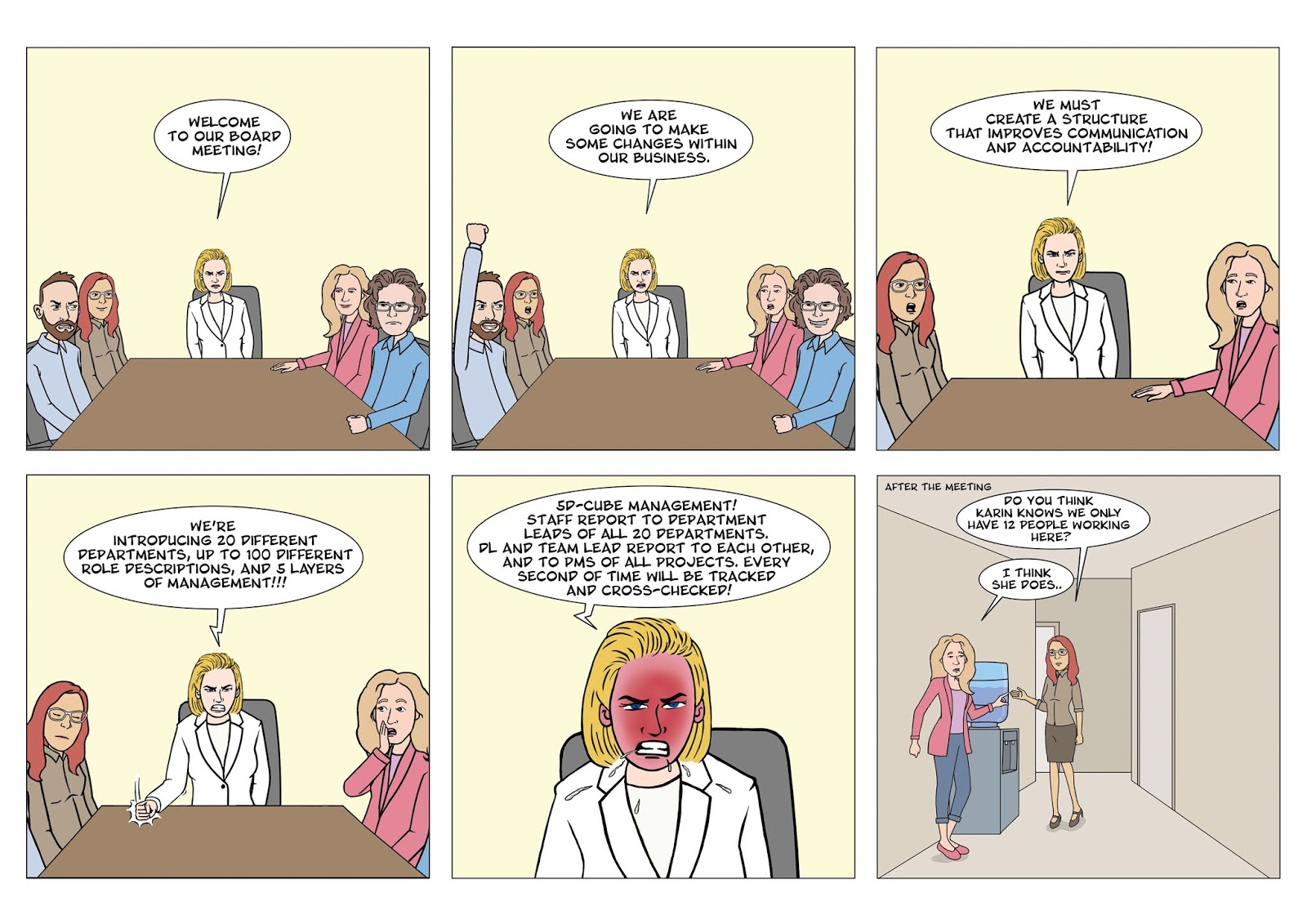Jakarta Security and Tomcat 10
Jakarta Security was introduceed as Java EE Security in Java EE 8. It facilitates portable application security that fully integrates with container security. This means that an application can provide an authentication mechanism, say for OATH2 or Auth0 and that mechanism is treated just like build-in container mechanisms like FORM. All existing security code, such as the container determining access to a URL based on web.xml constraints, and things like @RolesAllowed and HttpServletRequest.isUserInRole automatically work as expected. One of the compatible implementations of Jakarta Security is Soteria . Soteria has been designed as a standalone library, that can be integrated with multiple servers. It depends on CDI, and the lower level SPIs Jakarta Authentication and Jakarta Authorization . Soteria worked on Tomcat before , but there were some issues. For one, when adding a CDI implementation like Weld to Tomcat, the BeanManager ends up in the JNDI location java:comp/env/BeanM...


